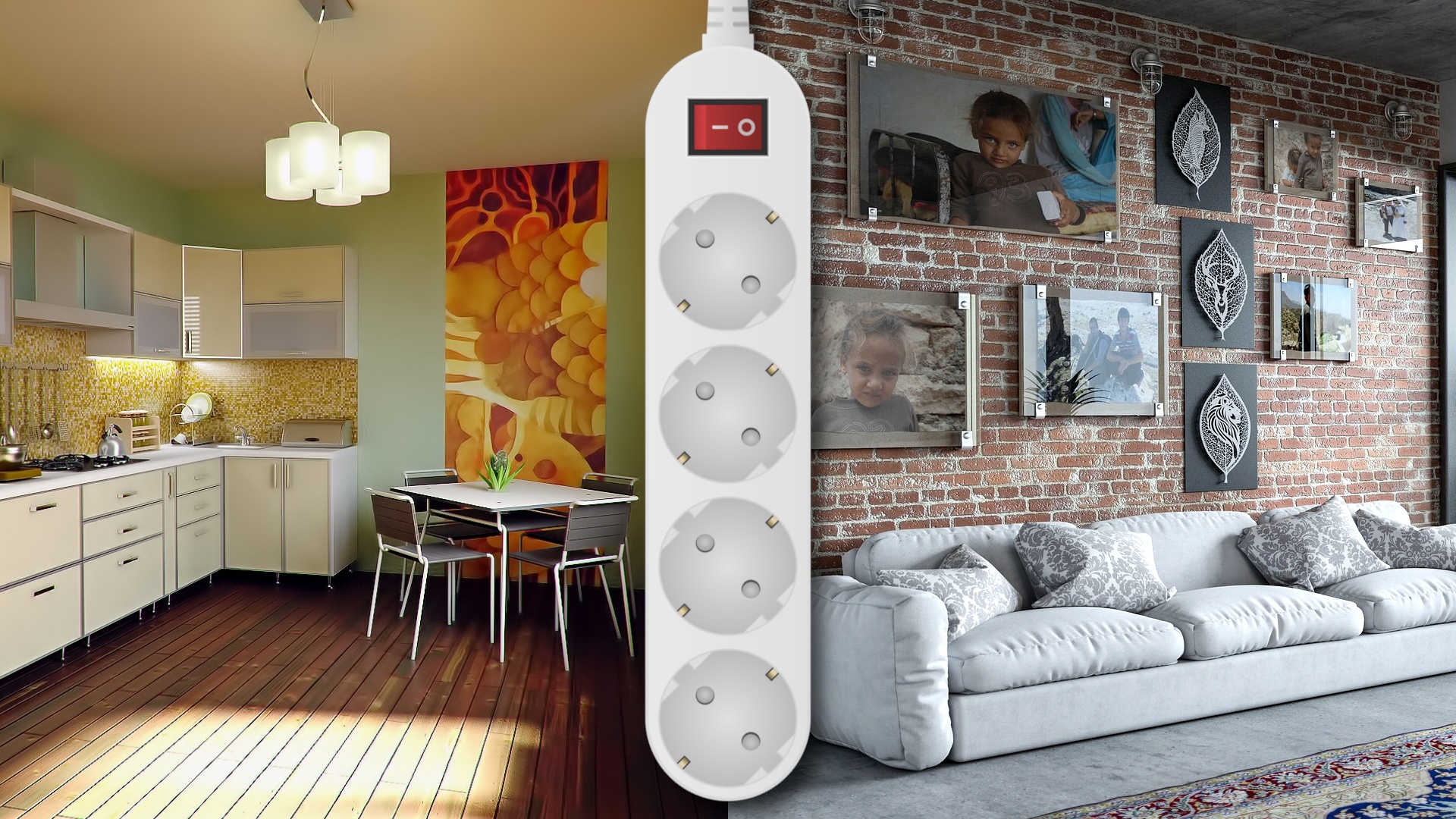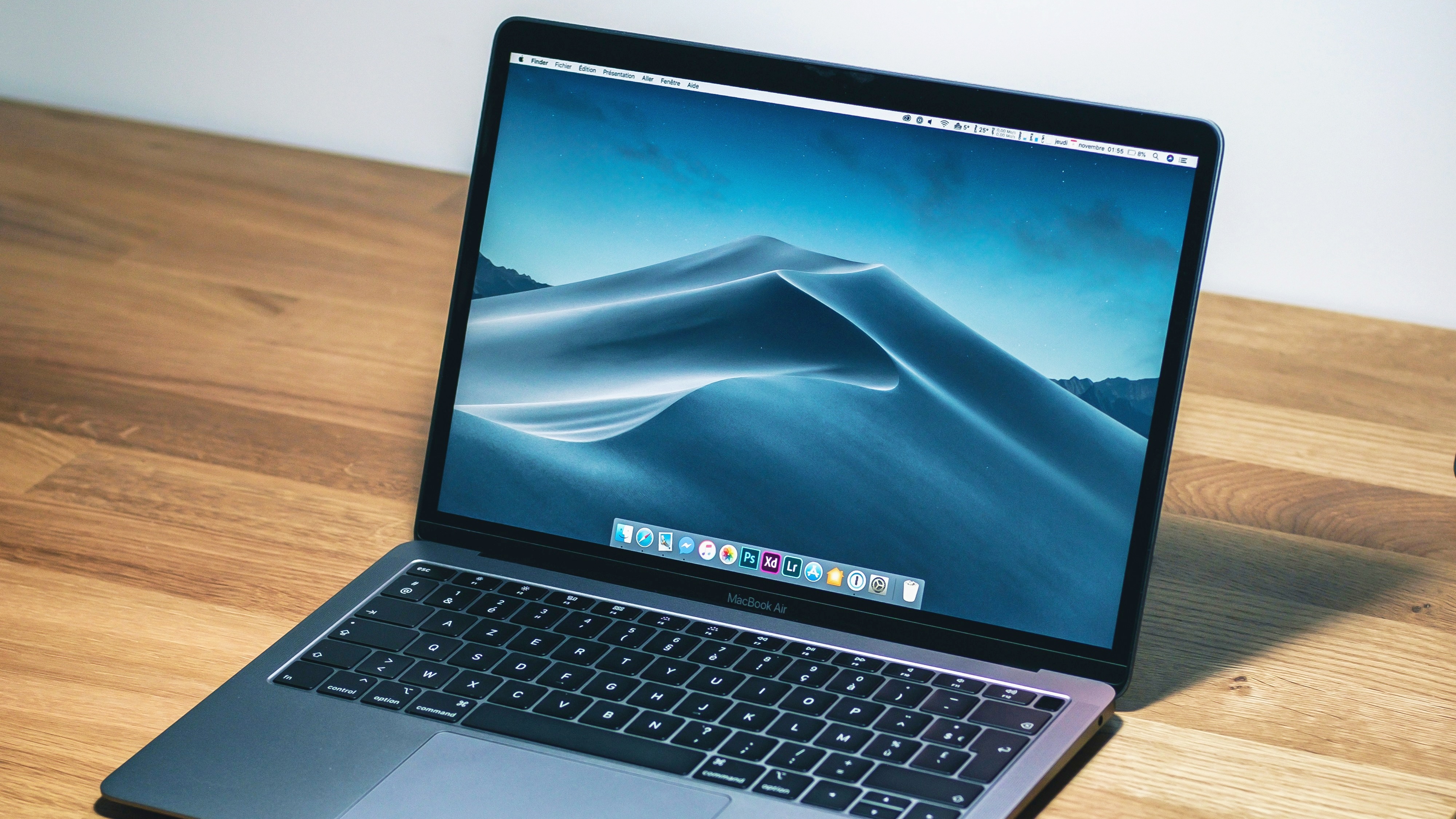The energy crisis has been an omnipresent topic for months, which can lead to new considerations – even if I sometimes regret that I didn’t do it much earlier. A fundamentally anything but new question in this context, but to be honest I’ve never pursued it further, is that of the total standby power consumption in my home.
In order to get the best possible picture of it, I spontaneously grabbed my two three-year-old daughters, who really wanted to help. Your task: hold the measuring instrument up to the camera, which I used to check the consumption of all fourteen currently occupied sockets in our four-room apartment.
Sometimes only one device was connected to it, sometimes multiple plugs with different devices. At the time of the measurement, none of the devices was switched on or active, because I was concerned with the standby consumption, which also occurs when I’m not using them.
You can find out here what came out of my considerations in the opposite direction, which revolve around the question of whether my PC could be used as a heater in winter:
Why I seriously thought about heating with my PC in winter – and how much I learned from it
Some links included on this page are affiliate links. Depending on the provider, GameStar receives a small commission for purchases made via these links without affecting the price.
More info.
Which devices I have and how high their standby consumption is
The connected devices are mostly common things that are likely to be found in many households, as the following overview shows:
- TV
- Router
- Landline telephone
- Soundbar
- Fire TV Stick
- DAB-Radio
- coffee machine
- coffee grinder
- milk frother
- Toaster
- Kettle
- CD-Player
- various Lamps
- PCs
- monitor
- PC speakers
- USB charger
- printer/multifunction device
- electric toothbrush
- cordless vacuum cleaner
My large electrical appliances in the form of the refrigerator, the dishwasher and the oven are not included in the measurements.
What is the total standby consumption? With all fourteen sockets together, I come up with a consumption of about 38 Watt. Assuming an electricity price of 40 cents per kilowatt hour, this results in the following annual costs:
38 Watt * 24 Stunden Laufzeit pro Tag * 365 Tage im Jahr = 332,9 kWh * 0,4 Euro pro kWh = 133,16 Euro Stromkosten pro JahrThat’s quite a significant sum considering I didn’t actually use or charge any of the devices. However, the standby consumption differs significantly depending on the device.
What consumes the most standby power?
On closer inspection, it quickly becomes clear that it is primarily my PC and Internet technology that causes high standby consumption. My two test systems for processors and graphics cards come to a total of over 14 watts, which is primarily due to a mainboard with an integrated display and RGB lighting.
Speaking of RGB lighting: In the following article you can find out more about how big an impact it can have on the energy requirements of your PC through various components such as fans and the mainboard:
more on the subject
Measured: RGB small animals also make crap
On my work PC including speakers and USB charger (without connected hardware), a total of almost six watts comes together, the printer, which can always be reached via WLAN, is four watts and the router in the living room is almost eight watts.
On the other hand, there are also things that, as expected, do not consume any energy that I can measure in standby, for example the various floor lamps in my apartment or the CD player in the children’s room.
What did I learn from the measurements?
In the future, I want to convert as many sockets as possible in a clever and convenient way so that I can reduce their standby consumption to zero in no time at all. The simplest solution are multiple plugs or adapters that can be completely deactivated with a switch, some of which I already own. However, this can be a bit annoying if the sockets are difficult to reach.
I don’t have too many of them at the same time. I’m also sure that many of you have already gained your own experience in this direction and have tips ready for me – so please let me know in the comments how you think about the topic of standby consumption and how you deal with it in your home .










